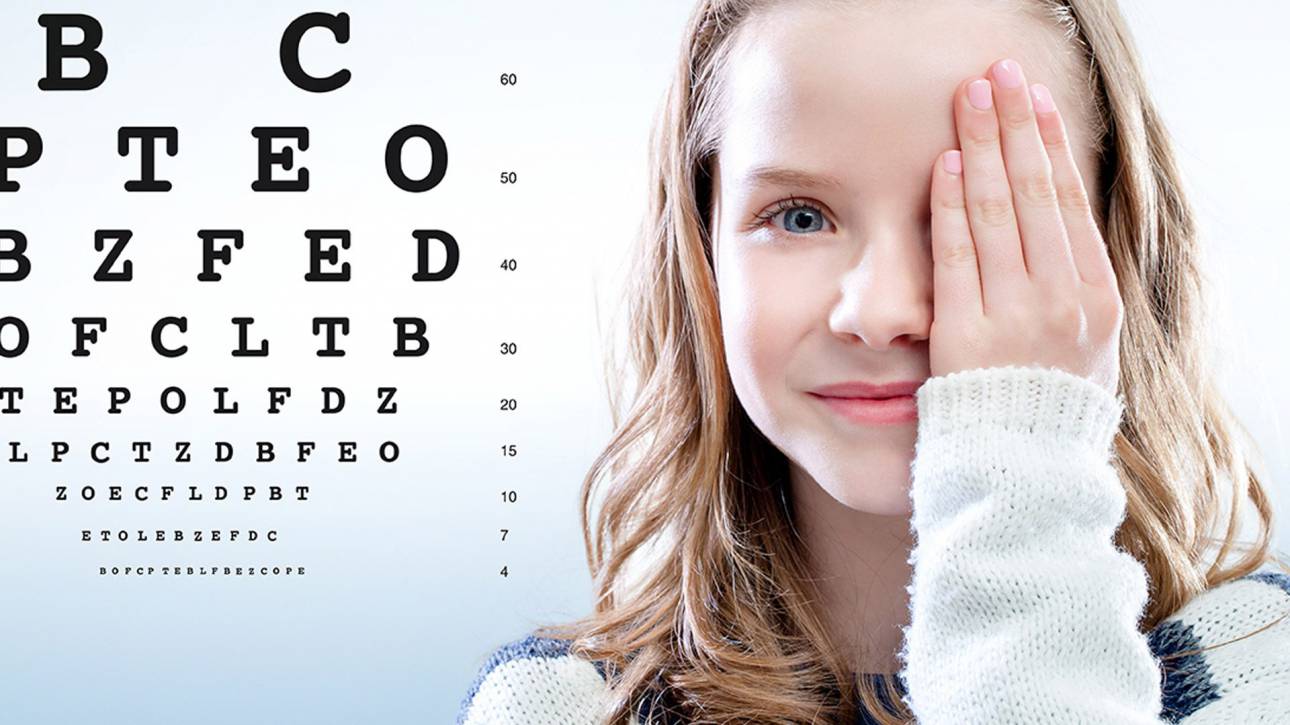Index
X-linked retinoschisis, or juvenile X-linked retinoschisis (CXLRS) is an early-onset inherited retinal disease characterized by cleavage (cleft) of retinal layers in the foveal area or peripheral retina.
It is characterized by thin cystic spaces arranged in a “bicycle wheel” radial striae pattern, best evident when examined with red-free light. With time the radial folds become less evident and only an attenuation of the foveal reflex is appreciated. Usually occurs binocularly, although with varying degrees of severity, this pathology is caused by mutations in the RS1 gene, which codes for retinoschisine, a protein involved in intercellular adhesion.
The disease was first described in 2 males by Haas in 1898 and Jager later coined the term "retinoschisis" in 1953. The underlying defect in the Müller cells causes a slippage of the retinal nerve fiber layer from the remaining sensory retina this is unlike acquired retinoschisis in which slippage occurs at the level of the external plexiform layer. The prevalence of retinoschisis is approximately 1 in 15.000 - 30.000; most of the affected individuals are males. Healthy carrier women generally do not show background changes, although there are rare reports of heterozygotes with clinical signs. The phenotype can be markedly variable even within the same genotype, there is a wide variability in the severity of the disease, ranging from normal vision to legal blindness, even among patients carrying the same mutation. The age of onset of the disease is between 5 and 10 years with reading difficulties. Less frequently, the disease begins in childhood with strabismus or nystagmus due to advanced peripheral retinoschisis, often associated with vitreous haemorrhages. However, clinical signs have also been described in infants as early as 3 months of age. Retinoschisis XL is recessive with the designated gene RS1, has complete penetrance and variable expressivity: it is caused by a large variety of mutations (about 220) of the RS1 gene, which codes for a 224-amino acid protein called retinoschisine, which is secreted by photoreceptors, along with other components of the inner and outer retina, including ganglion cells, amacrine cells, and bipolar cells. This protein is found throughout the retina and is believed to be involved in cell-cell adhesion and development of the intercellular matrix in the retina through interactions with crystalline αβ and β2-laminin.
Diagnosis
For a correct diagnosis of this pathology it is necessary to undergo a thorough eye examination with instrumental examinations. Among these the most important are the Tomography a Optical Coherence (OCT) often showing large cystic spaces. These cystic spaces can be present in any layer of the retina and reveal areas of cleft that are not visible upon examination of the fundus, and red-free illumination can help highlight the foveal cleft area. There retinography can help with fundus analysis of a child or monitor disease progression in adult patients, the Electroretinogram (ERG) is normal in eyes with isolated retinal cleft. In eyes with peripheral cleft, a selective reduction of the amplitude of the b-wave is characteristically highlighted, when compared with the amplitude of the a-wave in the photopic and scotopic phase; there Fluorangiography with fluorescein (FA) can show slight window effects without leakage and the Perimetry Computerized (CVC) in the case of peripheral cleft has corresponding absolute defects.
Treatment
Pathology and treatment on video
Do you need more information?
Do not hesitate to contact me for any doubt or clarification. I will evaluate your problem and it will be my concern and that of my staff to answer you as quickly as possible.




